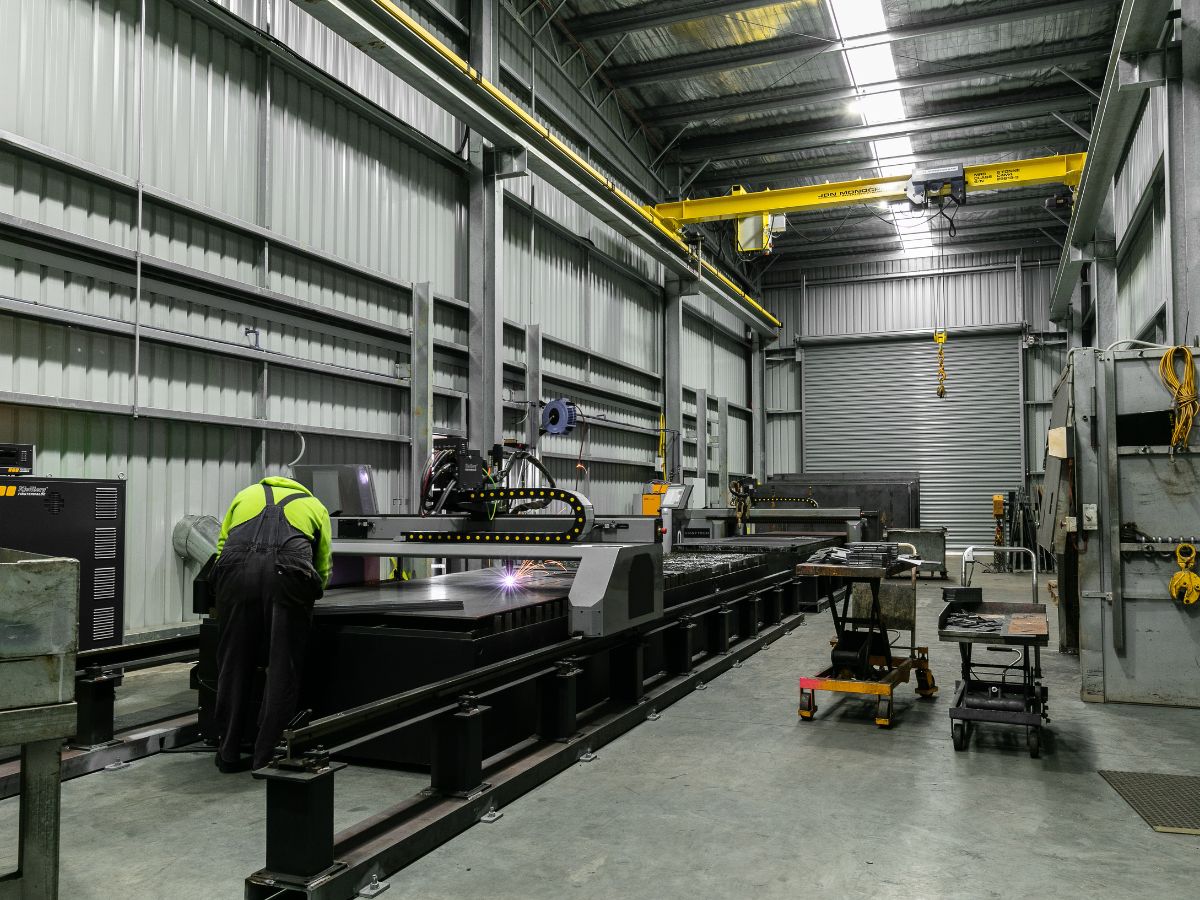The Hot Dip Galvanising Process
Why should steel buildings be hot dip galvanised? Hot-dipped galvanised steel is becoming increasingly popular in all kinds of industries from...

With a solution-focused approach, we collaborate closely with clients and consultant teams to align on scope, time frames, design objectives, and cost. We’re committed to delivering a strong return on your investment. Are you interested in our work in the commercial and industrial sectors?

Our client, a vet and sheep farmer, needed a shearing shed and yard cover designed for efficiency and innovation. Partnering with our team, he collaborated with fit-out providers to create two custom steel structures tailored to his farm’s needs. His farm is now equipped for better working conditions and long-term success.

Providing Industry-Leading Steel Building Solutions
Central Steel Build, committed to innovation, quality, and customer satisfaction, has solidified its reputation as an industry leader. We're revolutionising agricultural structures, and transforming how farmers and producers approach building solutions. If you’re interested in our work in the agricultural sector, read the article to discover how we’re transforming building solutions.

Oritech combined office and warehouse
Oritech Pty Ltd partnered with us to build a modern office and warehouse facility in Mitchell Park, Victoria. The design featured innovative L-shaped tilt panels for both function and style. Using our Pro. building approach, we delivered a durable, cost-effective, high-quality solution. Seamless collaboration ensured the project was completed on time and within budget.
2 min read
![]() Central author
Oct 4, 2023 5:58:08 PM
Central author
Oct 4, 2023 5:58:08 PM
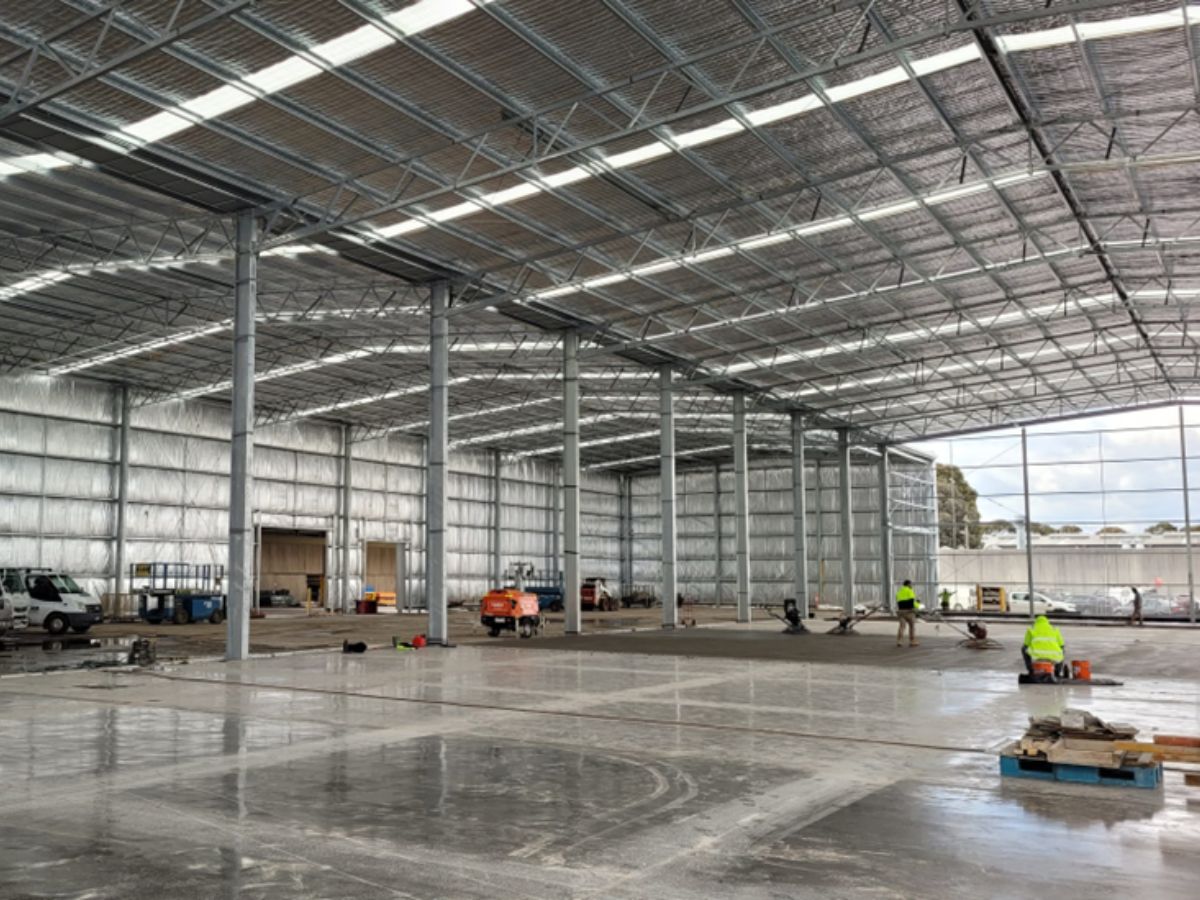
The building and construction industry is Australia’s third largest employer and plays a vital role in economic growth and technological advancement. However, like most industries, the sector is currently facing significant economic and social challenges. It’s more important than ever before to stay informed of emerging construction trends and adopt new strategies to navigate the shifting landscape. We explore these trends below, and what we expect for the industry over the next 12 months.
The building and construction sector continues to battle rising costs. In 2022, construction costs rose 11.9%, the largest annual increase on record, with economists citing rising inflation and interest rates as the cause. Energy prices are also forecasted to increase by 20-30% in 2023, which could force builders to pass these costs onto consumers. To mitigate the impact of rising costs, firms will need to optimize their resource management and review their material sourcing strategies to confirm if they are getting value for money.
Labour shortages are one of the key challenges for the building and construction sector, resulting in soaring labour costs and pressure on profit margins. Construction vacancies have risen by 80% since late 2019, with almost 30% of construction firms reporting job vacancies. This has led to increased competition for skilled labour, with firms offering greater incentives to younger workers, embracing technology, and encouraging diversity when hiring for new roles.
The construction sector is highly competitive and this has only increased as the industry continues to transition towards innovation and digitalization. As larger players in the sector adopt emerging technologies to enhance their efficiency and ensure successful project outcomes, we expect competition to increase, especially for smaller firms, across the sector.
With the industry facing rising costs and labour shortages, building and construction firms have begun to experience disruptions in their supply chains. Over the next year, we expect firms to adopt new business models, leverage emerging technologies, and build internal capacity to be less dependent on external suppliers.
With the Federal Government announcing a record $17.9 billion investment in road and rail projects over the next decade, the sector needs skilled construction workers more than ever. With record-high labour shortages, we expect firms will be applying new strategies to attract and retain staff, particularly a younger generation of workers. This could range from implementing more digital tools and providing enhanced learning and development opportunities to building a stronger organizational culture.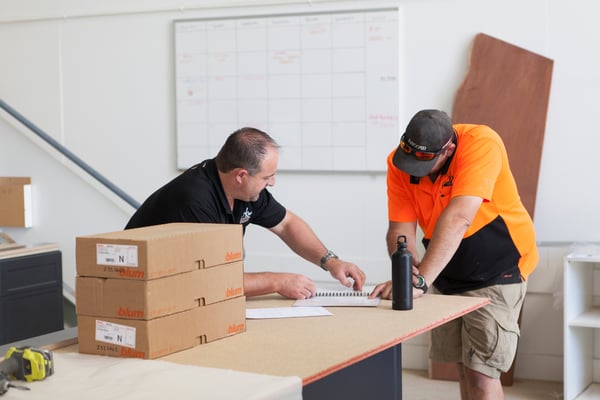
While the building and construction industry is renowned for its slow uptake of technology, more firms are seeing the value in emerging technologies, specifically how they can enhance project execution and increase profitability. For instance, businesses are realising the potential of building information modelling (BIM) and using it to increase project efficiency. As technology continues to evolve, we expect more firms will invest and experiment to see what is possible.
The Australian building and construction industry plays a vital role in the economy but has not been immune to recent economic and social challenges. To navigate the shifting landscape, it’s important to keep up-to-date with emerging construction trends and adopt new strategies. In doing so, firms can set themselves up for success in the years to come.
Want to know more about constructing sheds? With over 40 years in the industry, we have built a reputation for designing and constructing long-lasting sheds. If you're looking for the perfect partner for your next shed project, contact our shed experts today and receive an obligation-free quote here.
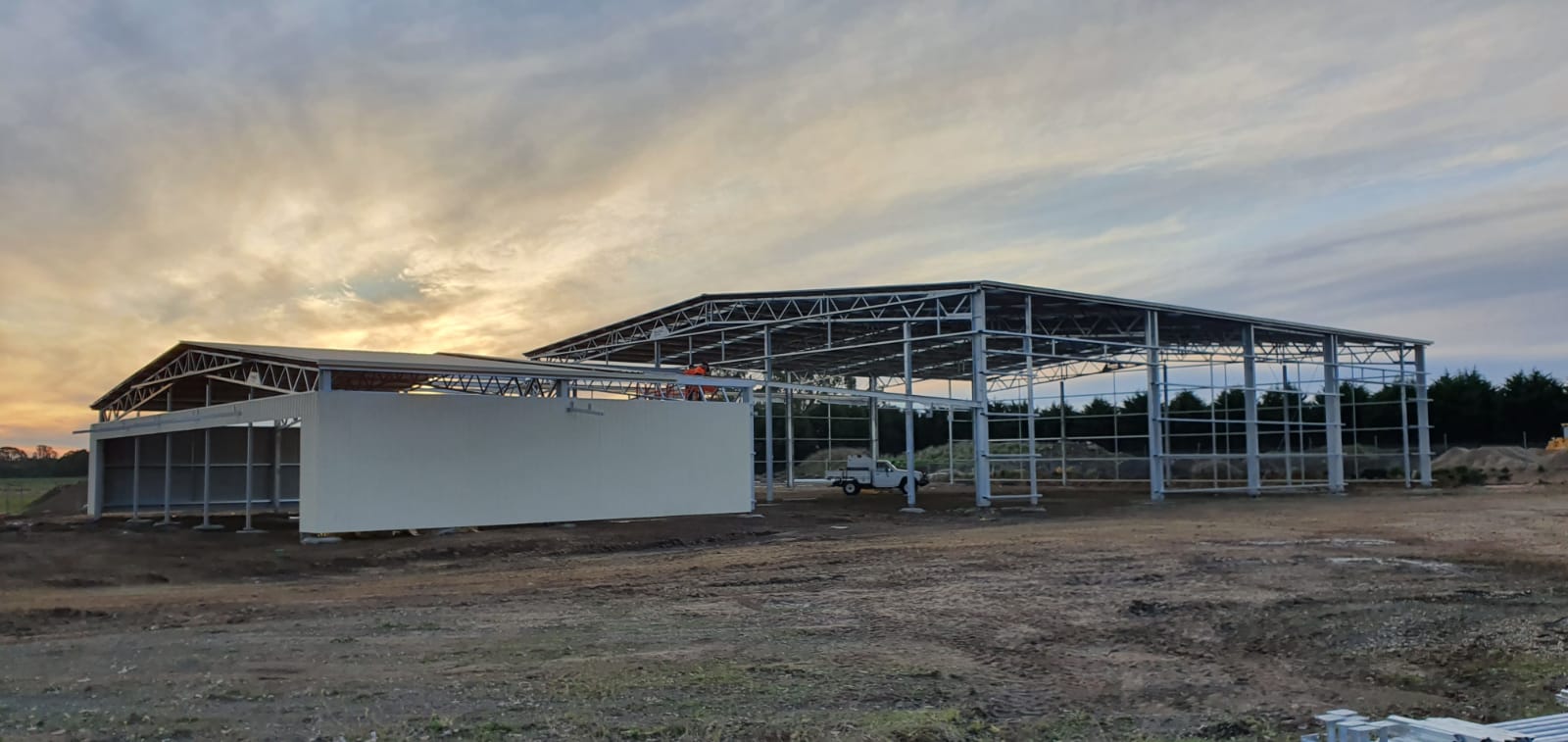
Why should steel buildings be hot dip galvanised? Hot-dipped galvanised steel is becoming increasingly popular in all kinds of industries from...
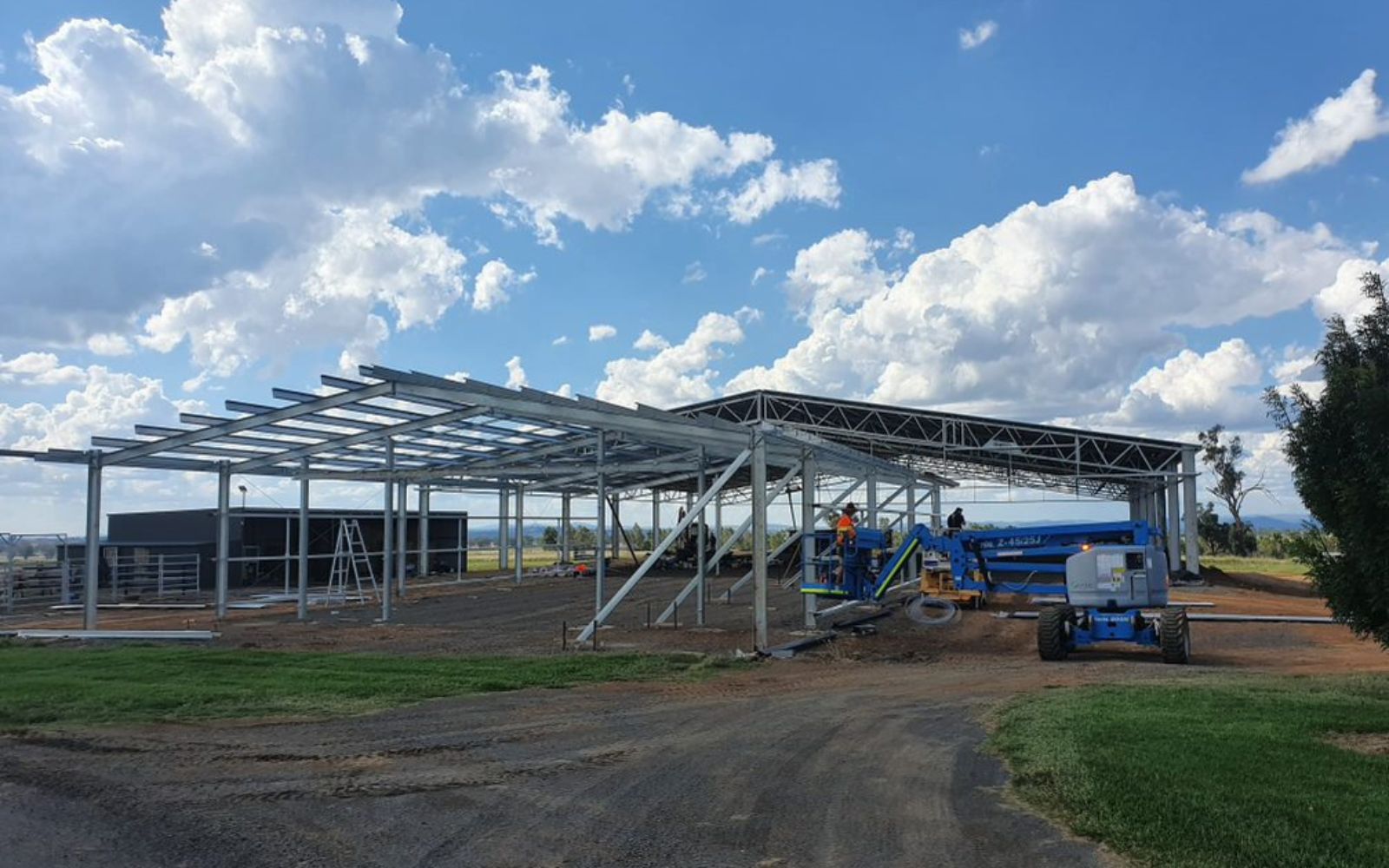
Shed construction is a significant project that requires careful planning and consideration. Like any construction project, there are hidden costs...
